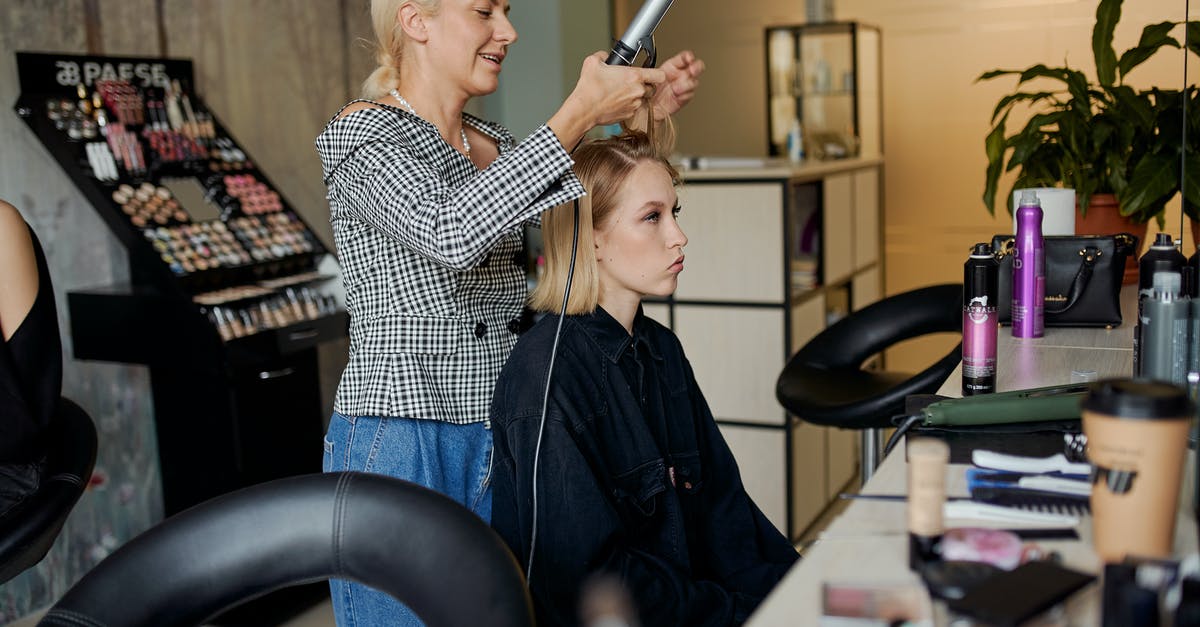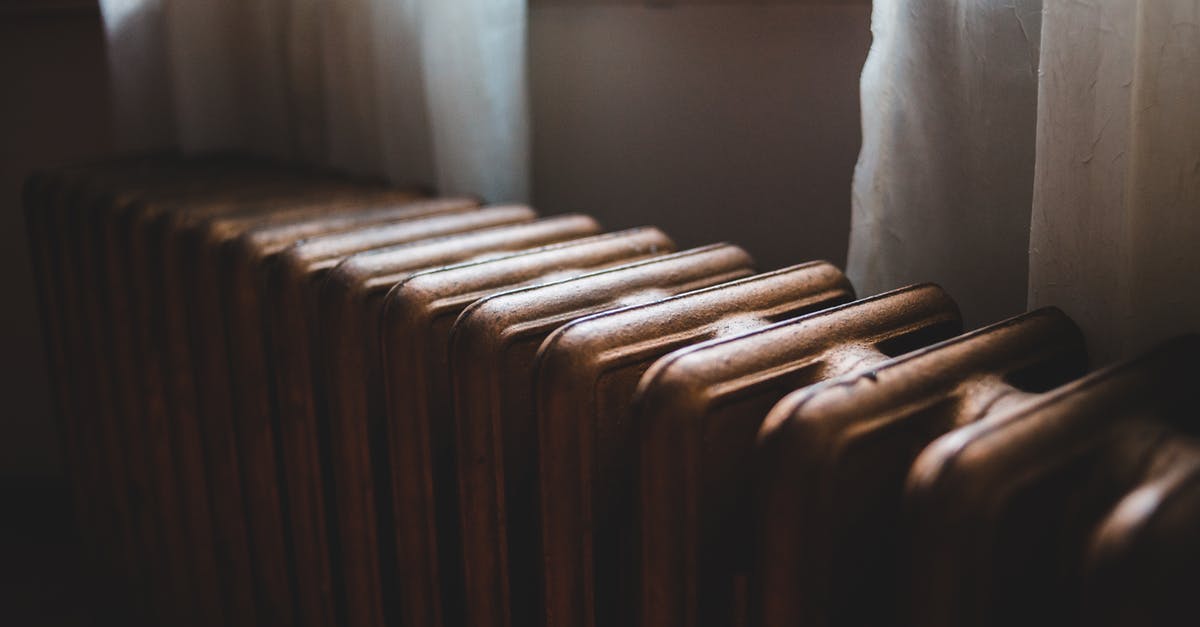Using cast iron pans only

Some people use cast iron pans for certain foods or dishes but not much else. I have a beautiful set of copper pans and, like cast iron, they're heavy and cook beautifully but I hate cleaning them. I have a complete set of cast iron cookware and have been tempted to start cooking with them alone.
I've cooked eggs without issue on one well seasoned pan so I believe I can do everything in cast iron. Does anyone here cook with cast iron alone? What issues am I not thinking of? Or is this just a bad (or good) idea in the first place?
EDIT: I have a gas stovetop.
Best Answer
First, I'll say that I used to be a big fan of cast iron. I never used it for every kitchen task, but I have a lot of cast iron pans and pots, and at my peak a few years back, I was probably using it for 80-90% of my cooking. However, I now use it only rarely for specialized tasks, which I'll explain.
Cast iron and copper have completely different thermal properties, which will impact their usefulness for various tasks.
Copper is one of the fastest conductors of heat (the fastest that is practical for making pans out of), so it has very fast response time. Cast iron is one of the slowest conductors of heat among the materials for pots and pans, so it will take a long time to change temperature.
Also, cast iron's response is slow enough that it's easy to generate hot spots or hot areas in the pan. I know there's a lot of kitchen lore out there about how cast iron "heats evenly," but after years of using it and being frustrated by pancakes that were brown on only one corner on my cast iron griddle or grilled cheese sandwiches that would brown in only one area on my skillet, I decided to do some serious testing.
Before I get to the details of that, let me just give a list of places where I think cast iron would be a bad idea:
- Cooking custards, milk dishes, and other things that could burn easily and quickly
- Sensitive sauces, particularly egg-based sauces which depend on fine temperature control
- Other thick sauces (e.g., tomato), gravies, etc. particularly if they need to be cooked down (low simmering might be okay with a large burner)
- Acidic dishes that need to be cooked or simmered for a long time -- it's okay to cook them for a short time in a well-seasoned pan, but simmering tomato-based chili for a whole day in your dutch oven will often end up adding a metallic flavor
- Temperature-sensitive dishes where you want to avoid browning (e.g., French omelets)
- Any dish that you want evenly browned or for which even doneness across a large surface area is important, unless you have a burner that heats evenly under that entire area of the pan's surface
- Boiling water or applications where you might evaporate water out of a cast iron pan (e.g., steaming an oven) will eventually strip off the seasoning on cast iron if you do it too much
In sum, cast iron fails to heat evenly, and it can't change temperature quickly. So, if you need to be able to stop the temperature rise in your Hollandaise sauce at a moment's notice, keep the copper pan.
Anyhow, I know cast iron fans (of which I used to be a big one) sometimes don't believe me when I say things like this. Well, that's why I ran some tests.
With an infrared thermometer one weekend a few years back, I tested the surface temperatures of various pans placed over various levels of heat. If you look up the conductivity numbers for cast iron compared to other kitchen metals, that should tell you enough. But I needed to test it myself to see how bad it was. Basically, with a 10-inch cast iron skillet, I would usually see a temperature difference of at least 100 degrees Fahrenheit between the center and the outer edge of the bottom of the pan -- and that was even after preheating slowly until the skillet came to equilibrium. (At some burner levels, that differential was even as great as 200F.)
In contrast, an aluminum skillet had a differential of around 50F or a little more between the center and edge of the bottom of the pan. Copper was only about 25-30F.
A minimum differential of 100 degrees is a huge difference in cooking. Again and again, I saw dishes that were unevenly cooked because of cast iron, and not just on my own stove. Unless it's something you're planning on stirring constantly, it's just not worth it.
To be clear, I was testing this on a gas range with reasonably sized (not professional giant) burners. Even very large ring burners will create a ring-shaped hot "spot" in large pan on higher heat. If you have an electric stove whose burner size is roughly the size of your cast iron pan, the numbers will get a lot better, though still not as good as copper. Induction should also work better than gas. Even so, imperfections in the manufacturing process for cast iron (which are generally cheaply made) will result in magnified actual "hot spots" in the pan. So, even with a reasonably even heat source under the whole bottom of the pan, you'll still have more hot or cold spots than in most other materials. On an electric stove with a large burner, I've still seen temperatures vary by over 50 degrees F over a cast iron pan's surface, particular on high heat. With copper, temperature is incredibly even.
Now, if you put liquid in the pan or something, that will help, but it still won't stop the problem. Since I did my initial tests a few years ago, I moved and now have a high-end electric stove (not my choice -- at some point I will probably replace it). With the electric stove, I've started to use cast iron again somewhat. But just a few weeks ago, I tried cooking a chicken and rice dish in a large enameled cast iron Le Creuset dutch oven. I used the largest electric burner on my stove, but it still wouldn't reach the edges of the oval-shaped dutch oven. After nearly an hour of slow simmering, the rice in the center was mushy, but the rice barely beyond the burner wasn't even cooked. The chicken pieces in the pan stopped the liquid circulation a little, but the main problem was the cast iron. Eventually, I had to put it into the oven to finish it (which I probably should have done in the first place -- I was just following directions for a new recipe).
All of that said, cast iron does have some good uses:
- I like to do high-temperature searing in a cheap pan, and cast iron does hold quite a bit of heat while hot and takes a little while to release it, so it browns well
- Even at lower temperatures, the color and surface characteristics contribute to browning better than a lot of other materials, so (for example) if I want to cook a grilled sandwich in a skillet, I'll often use cast iron (as long as it's not larger than the burner)
- Its slow response to heat changes make it good for slow braises, stews, etc. baked in the oven. It's better than, say, a ceramic dish in this regard when you need to brown or sear something first on the stovetop.
- Again, because of slow heat response and browning (here mostly due to the color), cast iron dutch ovens and pots are often ideal for baking bread inside when preheated.
In sum, I agree with other responses that say: use the right tool for the task. If I only owned copper and cast iron cookware, I'd probably use the copper 90% of the time and the cast iron about 10% of the time for the kind of things I just mentioned. Depending on the kind of cooking you do and the kind of stove you own, cast iron might be a good choice more often.
By the way -- I assume you're talking about cast iron manufactured in the past couple decades, probably by Lodge. If you do want to start using cast iron for a lot more cooking, I'd highly recommend trying to find vintage cast iron pans, which often are thinner and have a machined inner surface. Thinner cast iron is not only lighter and thus easier to maneuver, but it also responds a lot faster to heat changes. You'll still have hot spots, but if you forced me to do 100% of my cooking in cast iron, I'd make a lot of use out of the skillets I inherited from my great-grandmother, which are lighter, thinner, and have a slicker surface than any plain cast iron I've seen manufactured recently.
One last thing -- I'm not sure why you find copper pans harder to clean. Neither cast iron nor copper pans can go in the dishwasher, and I find taking care of cast iron by hand to be slightly more cumbersome than other pans. (It's not a big deal, but they do need upkeep to maintain a slick surface.) I suppose if you have tinned copper, it can be annoying to be careful with the soft interior surface. But if you have stainless-lined copper, cleaning should be pretty easy. And if you're worried about the exterior of copper pans... don't be. Unless you have actual corrosion, the darkening doesn't really make a huge difference in performance.
Pictures about "Using cast iron pans only"



Quick Answer about "Using cast iron pans only"
Can you just use a cast-iron pan?
When it comes to cooking utensils to steer clear of, you might be wondering if can you use metal on cast iron. Despite what you may have heard, the answer is yes. Cast iron is a very durable metal, and proper seasoning protects the pan's surface from scratches. Feel free to use spoons and spatulas made of any material.Can you use a cast-iron pan without seasoning it?
Can You Cook on Unseasoned Cast Iron? Yes! The non-stick properties are in the cook, not the cookware! Conventional wisdom says that the seasoning on a piece of cast iron cookware is what makes it non-stick, but that's just not true.Is it OK to cook with cast iron every day?
Cast iron is actually not an optimal material for many types of cooking (which we'll get into in a second), so you definitely don't need to own a cast iron pan. Second, and most important, people often cook with their pan on a near-daily basis.What should you not cook in cast iron?
5 foods you should never cook in a cast iron skilletWhat To Do With New Cast Iron Pans? (and info about them)
More answers regarding using cast iron pans only
Answer 2
For pans I cook only with cast iron. I still have stainless steel pots for cooking sauces, pasta, etc.
I wouldn't say I enjoy cleaning the cast iron pans but they're definitely very nonstick as I keep the seasoning fresh. That would be key if you already hate cleaning copper pots, as cast iron is a pain to clean if the seasoning is worn.
Also keep them well seasoned so that you can continue to cook high acid foods without interactions from the iron. I have no problem cooking tomatoes, wine sauces, etc in my cast iron.
Answer 3
I think like many things you have to select the tool best suited to the job at hand. I cook some things in non-stick (for sure convenience and ease of cleaning), I cook some things in enameled cast iron (Le Creuset) I cook some things in seasoned cast iron pans (DeBuyer) and I cook some things in stainless steel pans.
Pick the right tool for what you want to do.
Answer 4
I avoid boiling acidic liquids in cast iron since I'm trying to cut back on iron.
I've also seen claims that frying with cast iron can oxidize fats more quickly than other cooking surfaces, leading to rancidity. While I couldn't find a primary source for that claim, it's chemically plausible that iron ions would lead to increased oxidation.
Answer 5
I've started using cast iron products a few years ago. Since then, we have collected a kind of army of cast iron. We almost use exclusively cast iron, 'cause food just tastes a whole lot better. Same may find seasoning a bit tricky. At first that was the case for us too, but in the end its rather simple to season your cast iron pan, pots and other products. I know that the older pans are always good investments. But if you do not find an older one, you could consider buying an new pan like this Swedish Skeppshult. They make still cast iron pans worth every penny (http://www.maypoint.fi/cookware-cast-iron-frying-pans-c-132_92.html).
Answer 6
One thing that hasn't been mentioned is sautéing or other situations where you need to lift the pan.
The weight of a large cast-iron pan makes it much more difficult to get a good flip until you've seriously built up your arm. And even then, it's not something that you'll do a casually as with other, lighter pans.
It also makes it more difficult when plating if you're not just scooping things out of the pan -- you have to hold the pan differently when pouring stuff out if you don't want to tire yourself out. (you hold the handle from underneath and then let it hang from the handle, rather than trying to tip it towards one side)
You can also mitigate some of the issues with uneven cooking by using a round griddle rather than a pan; I assume it's due to not having the issues with heat absorbtion / disipation up the sides. (and it's lighter, so it's easier to lift to let gravity work to get an even omelette or pannekoek.)
Sources: Stack Exchange - This article follows the attribution requirements of Stack Exchange and is licensed under CC BY-SA 3.0.
Images: Milan, Sergey Makashin, Keira Burton, Erik Mclean
